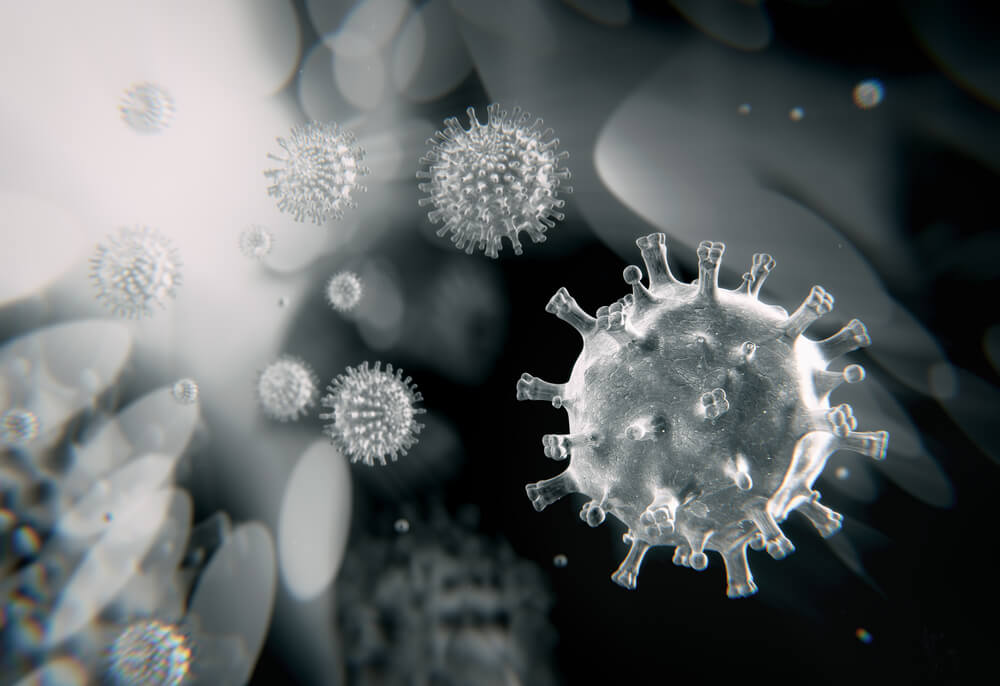There are lessons to be learned in the COVID-19 crisis from the energy crisis, which broke in the winter of 1973 and extended into the early 1980s. Projections were dire. At a session of the Aspen Institute’s energy section one year, we looked at how the country could deal with an economic downturn to a negative growth rate of 23 percent. Aspen may want to look at that again.
In Washington, first under President Richard Nixon, then under presidents Gerald Ford and finally under Jimmy Carter, there was what might be called mobilization. It had two aspects: one was intellectual and the other was scientific. The brainy one was centered in the Federal Energy Office which attracted some extraordinarily gifted economists, geologists and managers. The rest of the government, from the Interior Department to the State Department, was also in the game.
Particularly there was mobilization of the system of national laboratories where, to my mind, the scientific muscle of the country could be found then and now. They had been primarily nuclear labs, led by the three big players in the atomic arsenal: Los Alamos, Lawrence Livermore and Sandia.
Everything was tried and not everything worked. Who remembers in situ coal gasification, ocean thermal gradients, magnetohydrodynamics, hot rocks, low-head hydro or wave power?
In the mix were solar, wind and efforts to loosen oil in tight formations. These were the winners, but it was not clear at all then.
Gifted leadership emerged first at the Federal Energy Office, then at the successor to the Atomic Energy Commission, the Energy Research and Development Administration. Under Carter, all the energy agencies were rolled into the Department of Energy with its first secretary, a star in the Washington firmament, James Schlesinger.
That kind of mobilization is needed now, talent plus science.
The national labs, 17 strong, have some biological capability — several having had some role in the Human Genome Project, and others looking at the treatment of cancer with radiation.
The COVID-19 virus will not be defeated just by medical science but by the whole panoply of science, including what might at first sound like kooky ideas. I recall the derision that greeted solar and wind concepts back in 1974. Now they are mother’s milk in the energy mix.
One of the highest challenges facing hospitals and medical facilities is to save the lives of their staff with superior sanitation of protective gear like respirators, the now well-known N95 masks and the ambient air itself.
I was excited to learn about a McLean, Va.-based company, airPHX, which has an off-the-shelf, air-scrubbing system using a cold plasma as the scrubbing agent. The units are about the size of a computer and each unit – they operate continuously from a three-prong plug — will clean the air of a 15,000-square-foot room, according to the company’s CEO William Pommerening.
The airPHX units, which were developed to combat mold, odors and pathogens in gyms and elsewhere, are in production on a modest scale, but this is set to ramp up with a new contract manufacturer in Tennessee.
Pommerening told me that he believes his machines will effectively destroy the COVID-19 virus both in the air and on surfaces. He said, “We have lab testing showing efficacy on over 30 health care-associated pathogens including bacteria, viruses and mold showing a 4 log [a technical measure in sanitation which equates to 99.99 percent effectiveness] reduction, or greater, in surface organisms in 30 minutes.” This, he said, included testing on a sister virus to COVID-19. For the air, the effectiveness was between 92 percent and 96 percent, he said. New masks are rated at 95 percent, hence their N95 designation.
If this proves out, it will be a boon across the spectrum of indoor trouble spots and will one day have a wide application in workplaces and recreation areas.
In my view, it needs government scientific review to confirm the data. But it is as promising as anything I have heard of, including hydrogen peroxide and ultraviolet light.
The need to be sure is paramount.

 Follow
Follow
Leave a Reply